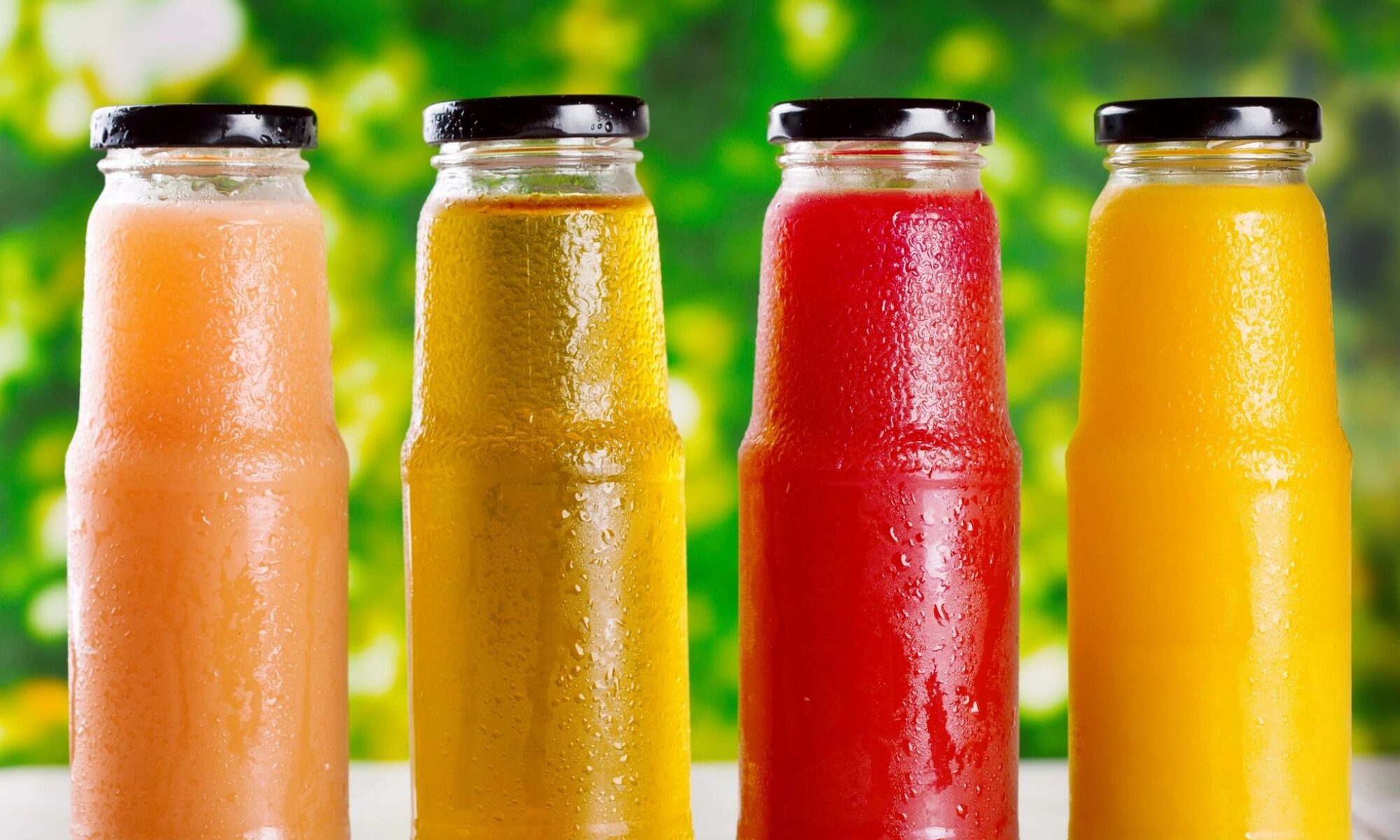
In today’s market, brands need to come up with ways to satisfy what their consumers crave to grow. And the beverage sector seems to be doing that well, considering its predicted growth trend. By 2021, it’s estimated that the beverage market worldwide will be worth close to $2 trillion.
Recent trends have seen independent brands rising to this universal challenge. By offering healthier beverages with unique ingredients, the market for craft beer as well as organic fresh juices and drinks are accomplishing consistent growth. Small craft beer brewers have doubled their overall market share from 2011 to 2016, and the fresh juice market has seen similar results, becoming the fastest-growing organic category.
With these trends in mind, it might be interesting to take a closer look at where the beverage sector is going, as well as how brands who want to grow might take advantage of the predicted trends. These are the three things to keep in mind when it comes to how new brands can win in the beverage sector:
Giving Consumers What They Crave — More Unique Ingredients
If the growth as mentioned above of fresh juice and craft beer markets can teach us anything, it’s that consumers are shifting towards new, natural ingredients. The influence of Millennials on the market is, likely at least, partially responsible for this shift. According to Cambridge Consultants research, Millennials are more health-aware and environmentally concerned than the previous generations of consumers. They’re twice as likely to buy organic products, and they appreciate recyclable packaging and renewable materials.
A typical Millennial beverage consumer is also likely to be bored with standard ingredient profiles and flavors. They favor unique blends that provide a new and different drinking experience. This appetite for novelty has undoubtedly made an impact, especially on the juice market which offers an excellent opportunity to satisfy those cravings. Big brands are taking notice and starting to provide cold-pressed HPP (high pressure processed) juices to target Millennial consumers. It presents an opportunity for smaller brands as well — proper labels tend to attract Millennials, and they are generally willing to pay more for a beverage they perceive to be healthier than the competition.
Hitting the Sweet SKU Spot
The number of SKUs (stock keeping unit — identifier for a single product) can be a significant factor in determining the success of a new beverage brand. It makes sense that this is one of the most difficult things to navigate in the beverage business. A new brand will naturally launch with their most reliable product, and start offering different things as it grows. Whether those end up being hits or misses, the number of SKUs can still affect how appealing the brand is to the consumers.
There will be some growing pains to address. According to Xian Wan’s research on the impact of product variety on operations and sales performance, there’s a delicate balance to accomplish when it comes to SKU proliferation. You can have too much of a good thing. When you segment demand by offering more different products, you match the needs of customers better, and sales can increase as a result. However, managing more products also increases costs, and the more products there are, the higher the chance of them cannibalizing the demand for existing products.
In other words, if a consumer wants to buy cider and you offer three different flavors, your overall sales won’t increase but rather be spread over different SKUs. As for the optimal number of SKUs, it’s 84 according to Wan’s study, but it will be significantly lower for smaller brands. Other research shows that beverage companies have good consumer ratings with either more than 20 SKUs or fewer than 10 SKUs.
Emphasizing Team Rather Than Brand Strength
For a new beverage company, building a strong brand is important — but perhaps it should be secondary to making a strong team. This observation comes from relevant factors: the future of any new company is inextricably linked to the strength of its founding team. In the early days, brand founders will be responsible for every aspect of the business, even those that they will later delegate to other team members as they hire them. Once the beverage brand becomes more established; the executive team may move on to making higher level decisions. At this point, they can leave the day-to-day operation of the company to the employees. From there, a company’s success will depend more on a well-developed brand.
Today’s technologies and social media prevalence make the mission of building brands easier. Advertising and brand-building costs used to be higher, so the more established beverage brands dominated the market. With the help of social media, new brands can become contenders. However, they have to have a team capable of building a brand strong enough to rival the most prominent companies. That’s what makes a difference and ensures good results for a new brand that wants to win in the beverage sector.
Key Takeaways
To summarize, these are the three key things new beverage companies should keep in mind for maximum impact on the market:
- Millennial consumers reward companies that offer unique products, so don’t be afraid of offering new things and mixing it up with natural ingredients;
- Don’t overdo the SKUs — start with a smaller number of products, and push through the rough patch in the middle of the process when your overall popularity is expected to drop slightly;
- Bring together a strong team that can carry your company out of its fragile early days and turn it into a well-established, evolved brand.
Upon considering the predicted growth for the beverage sector, it’s likely a good time to get involved with the industry. Stay on the lookout for fresh industry insights that can help you in your entrepreneurial efforts, follow the trends and use them to the benefit of your business. Lastly, don’t be afraid of a little experimentation with the offer and ways of brand building. After all, there is no pushing the envelope without innovation.

One Reply to “How New Brands Can Win in the Beverage Sector: 3 Things to Keep in Mind”
Comments are closed.